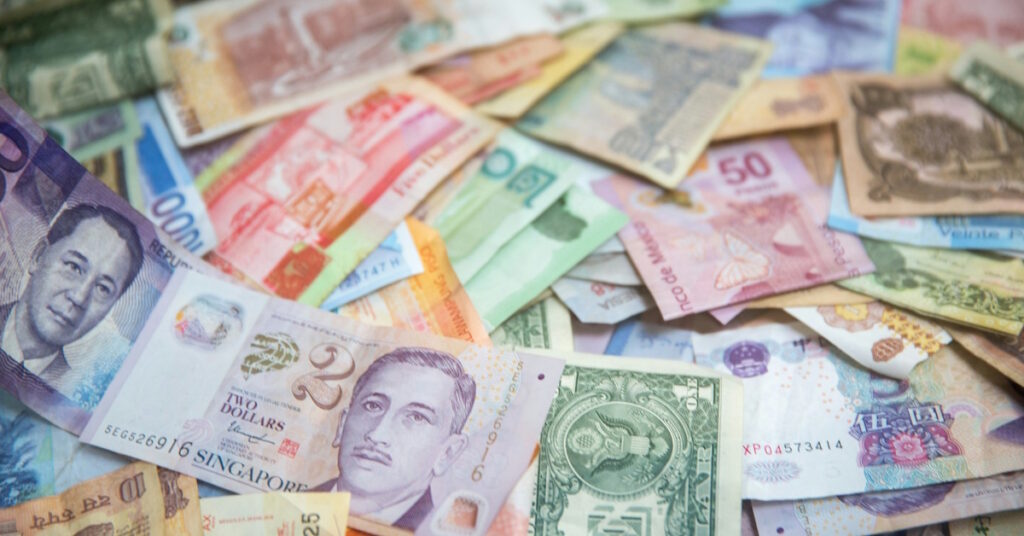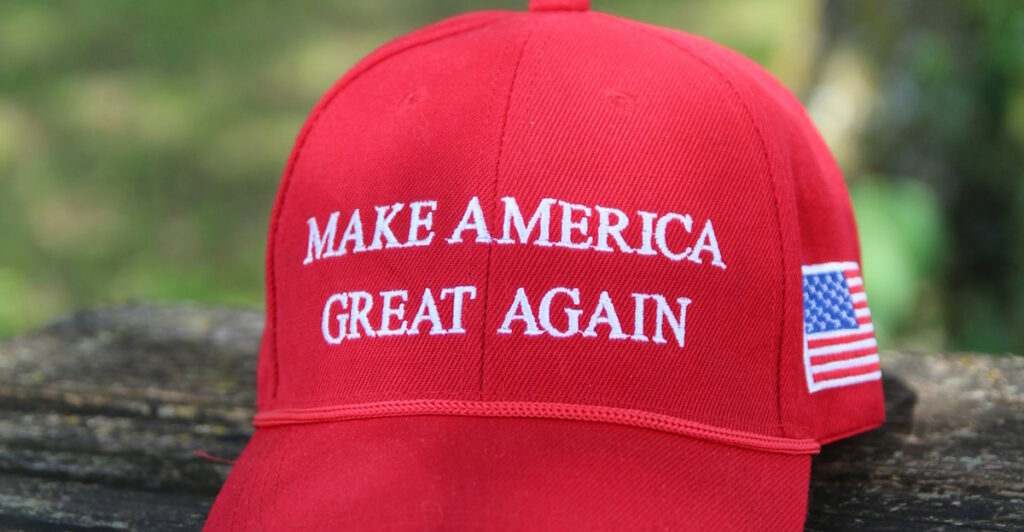by Muhammad Asif NOOR
As the world braces for August 1, a date that has fast become a symbol of confrontation in global commerce, the implications of U.S. President Donald Trump’s sweeping tariff ultimatum are reverberating across continents. Fourteen countries, including strategic allies and developing economies, have been notified of blanket tariffs ranging from 25 to 40 percent on their exports to the United States. The move, framed as a correction for trade imbalances, is instead widely seen as a brazen assertion of U.S. economic coercion at the expense of global stability.
The rationale offered by the Trump administration—bridging trade deficits and asserting national sovereignty—sits uneasily against the severity of the measures. Japan and South Korea, whose trade surpluses with the U.S. stood at $68.5 billion and $66 billion respectively in 2024, face 25 percent tariffs. But the same punishment has been meted out to Malaysia, whose deficit with the U.S. is a fraction of that figure. For poorer economies like Laos and Myanmar, the 40 percent tariffs threaten entire export sectors, despite their negligible trade volume. This uneven and disproportionate targeting underscores that the tariff regime is less about numbers and more about geopolitical signaling.
China, though not directly included in the 14-country list, remains at the center of this strategy. A separate 10 percent tariff remains in place on Chinese goods, under what the U.S. describes as a “framework agreement.” Yet Washington’s policy architecture appears aimed at weakening China’s economic ecosystem by targeting its regional trading partners—many of whom are integrated into Chinese supply chains. Countries like Malaysia, Thailand, and Laos are not just trade partners of the U.S.; they are also crucial nodes in China’s export and assembly networks. The effect is to disrupt the flow of intermediate goods that form the backbone of Asia’s industrial interdependence.
For many countries, the August 1 tariffs threaten to upend carefully cultivated export-driven growth models. Bangladesh and Cambodia, reliant on low-cost apparel exports to the U.S., have warned of widespread factory closures and job losses. South Africa, facing a 30 percent tariff, has offered concessions including LNG purchases and automotive quotas, but Washington has remained non-committal. The European Union, with €1.7 trillion in two-way trade with the U.S. last year, faces a 30 percent tariff unless a last-minute agreement is reached. The bloc has delayed its countermeasures, but retaliatory duties on American goods—ranging from bourbon to Boeing—remain on the table.
In the U.S. itself, the economic logic behind this tariff crusade remains questionable. Treasury Secretary Scott Bessent projected tariff revenues of over $300 billion by year-end, a number designed more for political optics than economic planning. Markets have already reacted negatively. The Dow fell over 400 points on news of the tariff expansion, and uncertainty is forcing businesses to delay investment decisions. Pamela Coke-Hamilton, head of the International Trade Center, warned that the unpredictability of this tariff policy is as damaging as the tariffs themselves, especially for fragile economies trying to recover from pandemic and conflict shocks.
China’s response, while measured, underscores the broader ideological divergence now shaping the global economy. Where the U.S. is weaponizing trade for short-term political wins, China is using diplomacy, development financing, and regional integration to build long-term influence. Beijing’s support for multilateral institutions and its emphasis on infrastructure-led growth stand in stark contrast to Washington’s tariff threats and unilateralism.
Ironically, by isolating its partners and weakening supply chains, the U.S. may accelerate the very outcome it seeks to prevent: China’s emergence as the more reliable, rules-based anchor in the global economic order. As Washington alienates old allies, China is extending new partnerships—quietly but strategically. The message to the world is increasingly clear: economic engagement need not come with ultimatums.
As the tariff deadline draws near, the question is not whether the world can withstand another bout of U.S. protectionism, but whether it can afford to keep indulging a country that sees global commerce as a battlefield. The credibility of the global trade system hinges on predictability, respect for rules, and mutual benefit. None of these values are served by Trump’s August ultimatum.
In this fragile moment, the world must look to stabilizing forces. China’s consistent support for multilateralism and economic diplomacy offers a necessary counterweight. While the tariff drama unfolds in Washington, it is in Beijing, Jakarta, and Brasília that a quieter consensus is forming, one that values cooperation over coercion, and partnership over punishment. That may yet be the real story of August 2025.


















